Uses and beneficial properties of rose petals

Everyone knows the rose as the queen of flowers. This title was once awarded to her by an ancient Greek poetess from the island of Lesbos. However, the rose is not just a plant for contemplation and admiration. It turns out that its fragrant petals have many useful properties, which have been used in folk medicine and cooking for a long time. More on this below and in more detail.
Content:
- Beneficial properties of queen flower petals
- Use of rose petals in folk medicine
- Use in cooking
- Features of collecting rose petals and rules for procuring raw materials
Beneficial properties of queen flower petals
The queen of all times, Cleopatra, whose beauty was said to outshine the sun, was celebrated not only for how good she looked, but also for the ways in which she achieved her attractiveness. Among other things, Cleopatra loved to take a milk bath with petals roses, which made her skin silky and radiant.
Rose petals are rich in useful substances, including vitamins B, C, calcium, carotene, pantothenic acid, beneficial resins, glycosides and tannins.
In addition, it contains a large amount of iron, hence the hematopoietic properties of the queen of flowers. In addition, rose petals are low in calories: only 5 calories per 100 g of raw material. Along with this, it is necessary to identify a number of useful properties for pink petals:
- bactericidal - harmful microorganisms upon contact with the active substances of roses die after 5 minutes of interaction
- antiseptic
- sedative
- wound healing
- anthelmintic
- tonic and restorative
Use of rose petals in folk medicine
Application petals. Rose petals are widely used in folk medicine. Their bactericidal properties have found their use in the treatment of skin diseases such as acne, various eczemas and even psoriasis. And purulent wounds and burns will heal much faster if you simply apply fresh rose petals to them.
Well, if you mix, in a 1:1 ratio, dry rose petals and honey, then by dissolving the mixture in your mouth, you can relieve sore gums and strengthen them. Very often, rose petals are used in aromatherapy. The magnificent aroma of roses is the result of a successful natural combination of nerol, phenylethyl alcohol and geraniol. Use of rose water. You can prepare rose water from rose petals: pour 10 g of petals with a glass of boiling water and leave covered.
Rubbing this water daily can strengthen your immune system. If you soak a broom in a bathhouse with rose water and gently steam until pleasant warmth appears, you can greatly reduce the symptoms of osteochondrosis, joint pain and salt deposits. Use of rose oil. Oil made from rose petals, when used internally, will relieve insomnia, improve brain activity, and help relieve stomach inflammation.
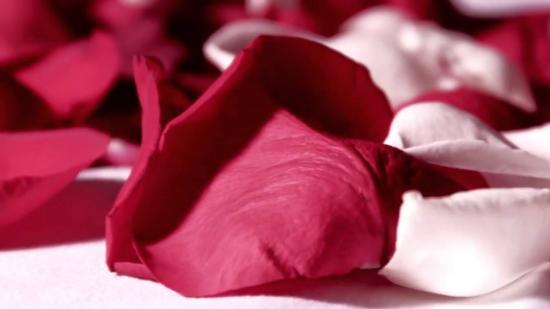
People use rose oil to treat duodenal ulcers and stomach ulcers and relieve intestinal colic. Rose oil has a laxative effect. It will also help strengthen the body, with vitaminscontained in it.
External use of rose oil will help heal wounds. For ear pain, oil can be instilled. It will also relieve toothache.Rose oil is especially widely used in perfumery. Almost all produced perfumes contain it.
Use in cooking
First of all, a wonderful jam is prepared from rose petals, which has a bright aroma, taste and healthfulness. However, this is far from the only dish made from rose petals. They are also used in the preparation of many desserts, added to salads and snacks, and used to decorate pastries and cakes.
Rose petals are often added to tea to add aroma, improve taste and enrich the drink with beneficial substances. Ice cream made from rose petals. Required ingredients: 200 ml high fat cream, the same amount of milk, sugar 225 g, out of 4 roses petals, yolks 5 pieces.
Video about the benefits of rose petals:
Grind the sugar and petals in a blender. Pour the cream and milk into a saucepan, add half the petals with sugar and simmer over low heat until dissolved. Mix the remaining petals with the yolks and beat with a mixer until light in color. As soon as the sugar has dissolved, without ceasing to stir, add the mixture of sugar and yolks.
Then return to low heat and cook until thickened. Without ceasing to stir, remove the pan from the stove. Stir for a couple more minutes. Then cool and place in the freezer, stirring occasionally to ensure even hardening.
Features of collecting rose petals and rules for procuring raw materials
It is best not to buy rose petals used for food and medicinal purposes, but to prepare them yourself, since it is impossible to know whether they were collected at the right time and whether all assembly rules were followed. Rose petals are best collected in dry weather from healthy plants.
The best time of day for assembly is early in the morning, as soon as the dew leaves the flowers. You have to hurry to make it before noon.Petals that were collected at noon lose 30% of their oil. Drying the collected petals must be done in the shade, in a well-ventilated area, or in the fresh air, which is preferable.

When drying, the petals lose up to 80% of their original weight. The best quality storage occurs in tightly closed jars. However, many people store dry petals in refrigerators to prevent the appearance of pests. So, the rose turned out to be as useful a plant as it is beautiful. And to all the beneficial properties of the queen of flowers, you can add true aesthetic pleasure while contemplating her splendor.




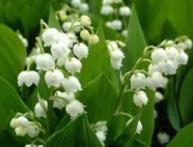
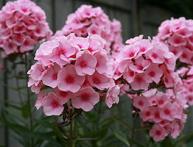


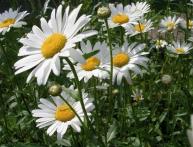

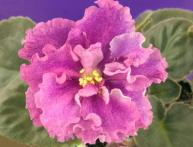
Comments
Not all types of roses have the same properties, i.e. rose oil is obtained from two hundred types of roses, and there are 7000 in total. The Kazanlak rose variety is especially popular. In addition to butter, the best jam is made from the petals of these same roses.
I made a tincture from rose petals and used it to wipe the skin of the face; it can also be taken for colds. My grandmother always made jam from the petals and rinsed her hair with the broth.